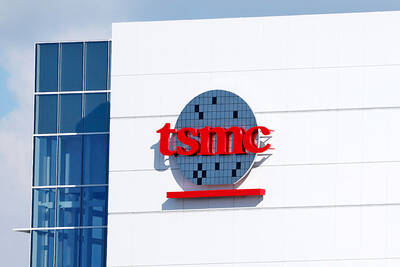Spanish unemployment, the highest in Europe, held above 20 percent for the third consecutive quarter, undermining the nation’s recovery from its worst recession in six decades.
The jobless rate fell to 20.9 percent in the second quarter, the National Statistics Institute said yesterday in Madrid, which compared with 21.3 percent in the previous three months and matched the median forecast of six economists in a Bloomberg News survey.
Consumer prices gained 3.1 percent this month from a year earlier after increasing 3 percent last month, the institute said in a separate report.
Spain’s recovery from the collapse of the debt-fueled property bubble is being undermined by the deepest austerity measures in at least three decades as the government aims to narrow the euro region’s third-largest budget deficit to 6 percent of GDP this year from 9.2 percent last year. The unemployment rate has eroded support for the Socialist government, which faces elections by March that polls indicate it will lose.
The government last week decided to temporarily restrict immigration from Romania to those who can show a job contract to ease pressure on the labor market. The length of the restriction will depend on how employment evolves in Spain, Development Minister Jose Blanco said on Friday last week.
Spain has 4.83 million jobless, the survey showed yesterday, the most since the data series started in 1996. That compares with 2.96 million in Germany, a country twice its size. The drop in Spain’s registered unemployment, which fell last month for the third month, is due to a seasonal recovery in the country’s tourist industry.
The government expects the jobless rate to average 19.8 percent this year, the finance ministry said on April 6, compared with a previous forecast of 19.3 percent.
The economy is forecast to expand 1.3 percent this year after two years of contraction, with growth accelerating to 2.3 percent next year and 2.4 percent in 2013, it said.

Real estate agent and property developer JSL Construction & Development Co (愛山林) led the average compensation rankings among companies listed on the Taiwan Stock Exchange (TWSE) last year, while contract chipmaker Taiwan Semiconductor Manufacturing Co (TSMC, 台積電) finished 14th. JSL Construction paid its employees total average compensation of NT$4.78 million (US$159,701), down 13.5 percent from a year earlier, but still ahead of the most profitable listed tech giants, including TSMC, TWSE data showed. Last year, the average compensation (which includes salary, overtime, bonuses and allowances) paid by TSMC rose 21.6 percent to reach about NT$3.33 million, lifting its ranking by 10 notches

Popular vape brands such as Geek Bar might get more expensive in the US — if you can find them at all. Shipments of vapes from China to the US ground to a near halt last month from a year ago, official data showed, hit by US President Donald Trump’s tariffs and a crackdown on unauthorized e-cigarettes in the world’s biggest market for smoking alternatives. That includes Geek Bar, a brand of flavored vapes that is not authorized to sell in the US, but which had been widely available due to porous import controls. One retailer, who asked not to be named, because

SEASONAL WEAKNESS: The combined revenue of the top 10 foundries fell 5.4%, but rush orders and China’s subsidies partially offset slowing demand Taiwan Semiconductor Manufacturing Co (TSMC, 台積電) further solidified its dominance in the global wafer foundry business in the first quarter of this year, remaining far ahead of its closest rival, Samsung Electronics Co, TrendForce Corp (集邦科技) said yesterday. TSMC posted US$25.52 billion in sales in the January-to-March period, down 5 percent from the previous quarter, but its market share rose from 67.1 percent the previous quarter to 67.6 percent, TrendForce said in a report. While smartphone-related wafer shipments declined in the first quarter due to seasonal factors, solid demand for artificial intelligence (AI) and high-performance computing (HPC) devices and urgent TV-related orders

MINERAL DIPLOMACY: The Chinese commerce ministry said it approved applications for the export of rare earths in a move that could help ease US-China trade tensions Chinese Vice Premier He Lifeng (何立峰) is today to meet a US delegation for talks in the UK, Beijing announced on Saturday amid a fragile truce in the trade dispute between the two powers. He is to visit the UK from yesterday to Friday at the invitation of the British government, the Chinese Ministry of Foreign Affairs said in a statement. He and US representatives are to cochair the first meeting of the US-China economic and trade consultation mechanism, it said. US President Donald Trump on Friday announced that a new round of trade talks with China would start in London beginning today,